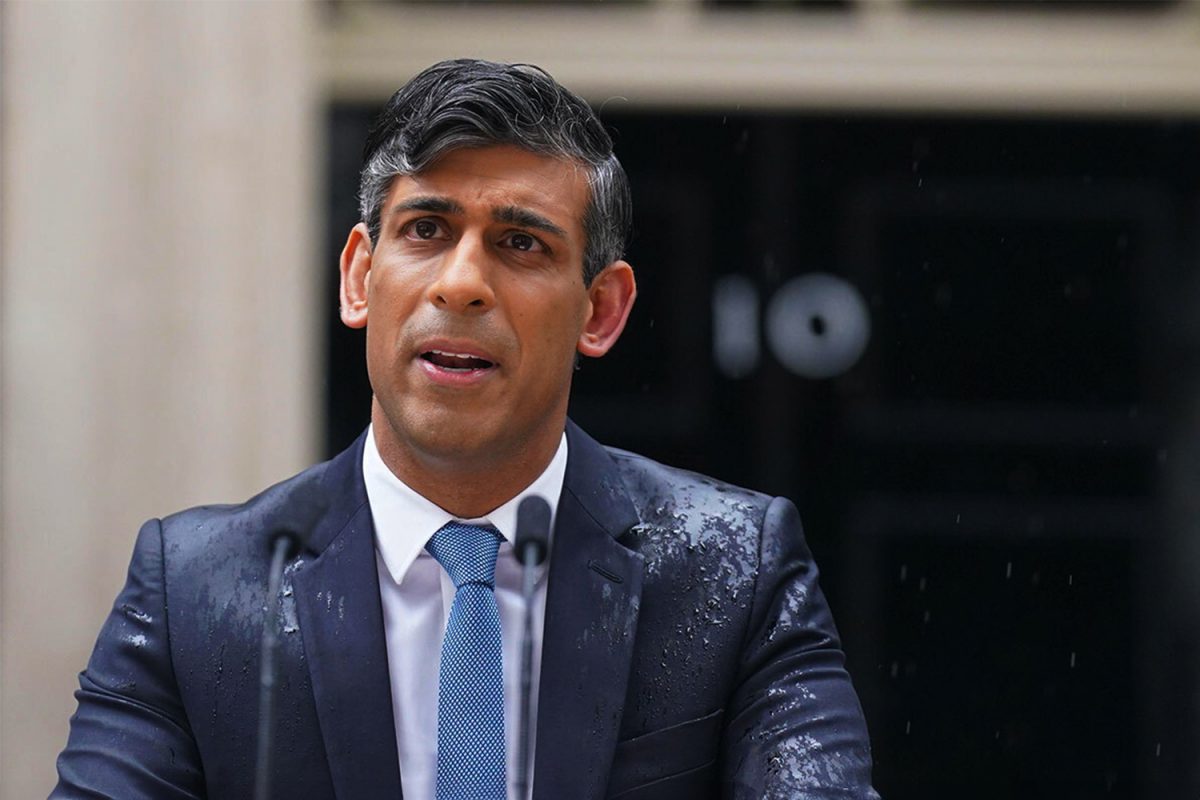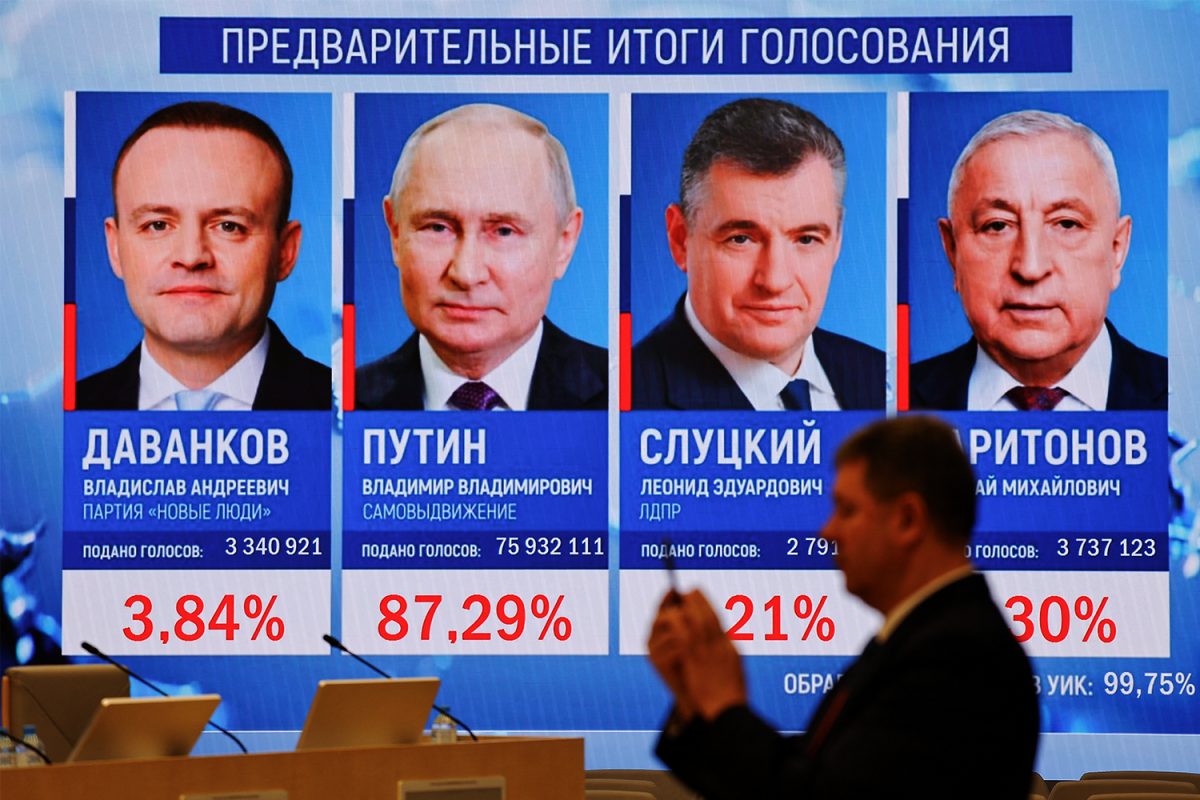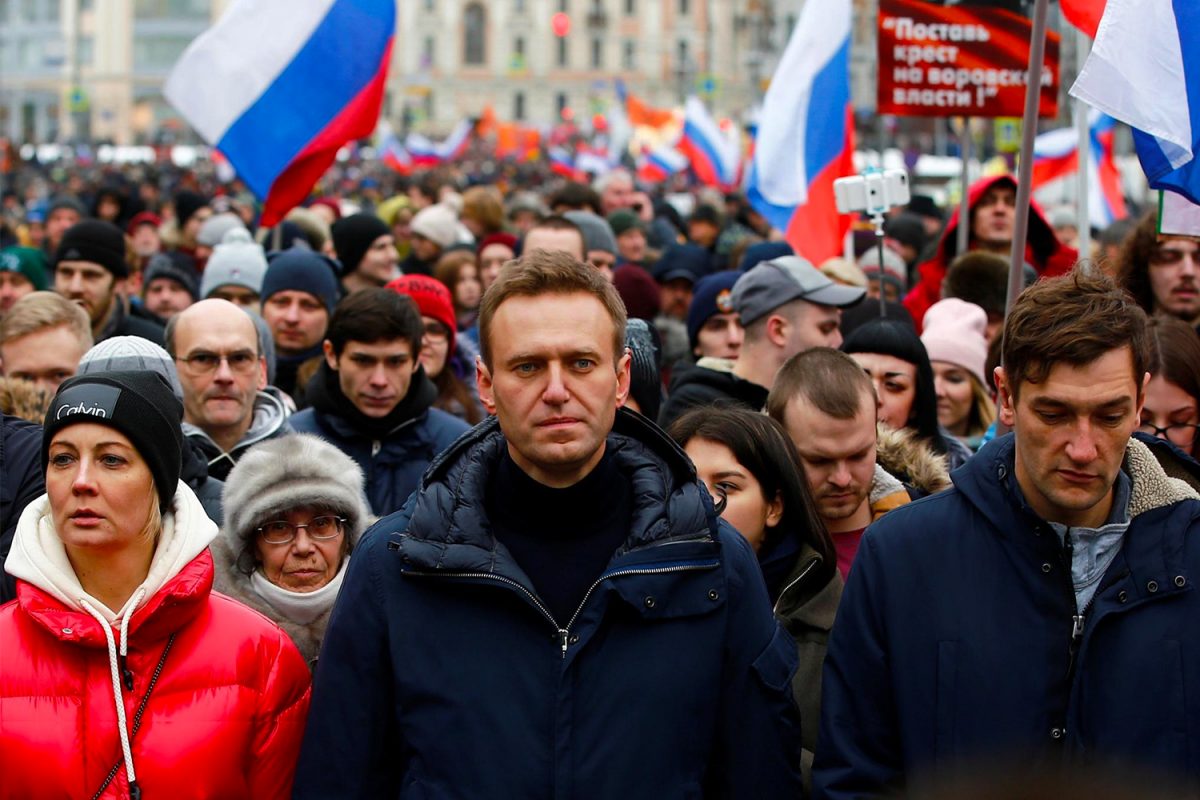Assumptions can be deadly – We have learnt from the way Russia prosecuted the war that the Kremlin had many assumptions about the war. All armies will have assumptions about their enemy when they go to war. Russia did not expect to fight a high-intensity battle in Ukraine and bet on a quick collapse of the Ukrainian state and military. Russian assumptions went further and included Kiev falling in a matter of days. Russia also assumed Ukrainian president Volodymyr Zelensky was so unpopular the Ukrainian people would not oppose his overthrow. All of these assumptions which seem to have been based on some intelligence and a lot of hubris led Russia to be overconfident and deploy forces based on the best-case scenario rather than the worst case scenario. Russia did not make the right preparation for the war due to these assumptions.
When quantity really did matter – Putin deployed nearly 200,000 troops to invade Ukraine. Considering Ukraine is Europe’s largest country and has its own army of around 300,000 troops, Russian troops were always going to be outnumbered. Russia’s military was designed to fight short, high-intensity wars. Without full national mobilisation, it is too small, its units lack the logistical enablement and its equipment is ill-suited for a protracted war. Putin presented the Russian intervention to the Russian people as a special military operation which didn’t need the majority of the Russian armed forces. Russia has a long history of throwing limitless soldiers at the enemy, it served it well in many wars, despite the loss of so many Russian soldiers. The announcement that Russia was mobilising further soldiers in September 2022 means the initial number of soldiers have failed to achieve the military objectives set for them. To make matters worse, soldiers who launched the invasion were not informed when their military training was shifting into Ukraine that they were going to war in the country. They were therefore not psychologically prepared for the war.
Poor State of Soldiers – The performance of Russia’s army in Ukraine bears little resemblance to the immaculate fighting force of Red Square parades and Kremlin propaganda. There are numerous videos online that show Russian soldiers split off from their units walking down roads. This lack of discipline is due to many factors, such as lack of training and unit cohesion. But it’s also because about a third of the Russian army are conscripts. Conscripts are younger, less motivated and poorly trained but the Kremlin maintains conscription as it believes it remains a civic duty for ordinary citizens. Many analysts were surprised to see so many conscripts in Ukraine as they are forced to join the military, which has a huge impact on their effectiveness.
Lack of Coordination – Russian forces launched an invasion of Ukraine with a “three thrusts” battle strategy. Russia struck from the north from Belarus towards Kyiv, from the south towards Kherson and Odessa and into the Donbas from the east. But there was no coordination between these three forces. There was in fact no integrated battle plan, there were merely three separate theatres of operations. There was no overall commander, but three commanders in charge of each thrust. It took two months for Gen Alexander Dvornikov to be appointed overall commander of Russian forces in Ukraine. When Kremlin officials wanted updates they would have to contact the commanders in charge on the battlefield front. Up to 27 Russian generals and commanders have died in the war as they were forced to move towards the frontlines to get accurate assessments of the war.[1]
Logistical Failures – The most critical area of Russian failure has been in logistics. What will likely become a case study for a very long time was the Russian convoy of vehicles stuck 60 miles long from Belarus down to Kyiv. Trucks, tanks and vehicles ran out of fuel as they got too far ahead of supplies. Logistics are key to any war effort and Russia has a long history of logistical failures and this has borne out again in Ukraine. In effect, Russian troops who conducted the northern thrust into Ukraine, Russian soldiers ran well ahead of their supply lines and this front came to a halt. Had this been any other war they would be sitting ducks and would have all been dead within hours with hit and run attacks or worse, airstrikes.
Intelligence Failures – Russia has built a reputation for hybrid warfare. Its support of right wing groups across Europe has caused instability in many EU nations. In the US the hacking of Democratic Party email servers led many to believe Russia interfered in the US elections and played a key role in getting Donald Trump elected. Russian intelligence is considered to be at the cutting edge of intelligence gathering and this allowed it to take advantage of the populist trends taking place across the world. But Russian intelligence had zero intelligence on the West’s response to a Russian invasion of Ukraine as well as Ukrainian capabilities if Russia invaded. Ukraine has shown significant capabilities since Russia invaded, namely due to significant western military support since 2014. It would seem at this critical juncture Russian assumptions superseded intelligence collection, which has proven fatal.
Absent Airforce – Russia’s air force has been notably absent in the war. Whilst NATO nations have for long conducted air support missions, Russia does this very differently. Russia’s air force is really airborne artillery. Pilots bomb and sight unseen coordinates that ground commanders provide them. Because Russia has always been a ground centric force due to being a landlocked nation Russia has never fully appreciated the use of airpower beyond support to ground forces. As a result, Russia, in all its wars, has never conceived of or run a strategic air campaign. Airpower can be very decisive but it is difficult to wield effectively. Air forces are dependent on an array of technologies that require highly trained personnel who can quickly set up what amounts to an airborne military ecosystem; airborne radar stations, fighters to protect and police the skies, refuelling aircraft to keep everyone full of gas, electronic-warfare planes to keep enemy defences suppressed, and a range of intelligence-gatherers and attack aircraft to locate and destroy enemy forces. These sorts of combined operations involve hundreds of aircraft and thousands of people in a tightly choreographed dance that takes decades to master. But when managed correctly, these overlapping operations allow a military to dominate the skies. Russian aircraft are instead left flying their straightforward missions, many of which use single aircraft without the mutual support from combined air operations that would be expected in an advanced NATO air force.
Communication Problems – Despite Russia’s reputation for spying and surveillance Ukraine has continued to intercept Russian communications. Russian soldiers, rather than sticking to secure military communications lines, have been using the local telecom networks and more widely, the local communications infrastructure. The Russians have a modern, secure radio system for the military. But Russia has squandered these advantages and for some reason Russia has used basic, off-the-shelf, unencrypted radio communications in many cases that made it relatively easy for the Ukrainians and others to listen in. Ukraine’s military intelligence has regularly put out audio on social media, some of its intercepts of Russian soldiers communicating. In one particular story a captured Russian soldier states, “The officers started stationing themselves further and further away from the fighting … they are out of radio range at this point, and no one can contact them”. The soldier proceeds to explain that a lack of long-range communications equipment was preventing anyone from contacting the Central Command of the deployed forces. It follows that some Russian soldiers may have resorted to the use of mobile phones to communicate with officers and each other in order to gain some situational awareness.[2]
The Challenge of Combined Arms – Russia has fought most of the war without combining different arms of its military, inflicting itself with huge problems. Russia’s first assault on Hostomeles airport was done almost entirely by airborne infantry and helicopters, with no long-range indirect fire and hardly any support from fixed-wing aircraft. As a result, Ukrainian defenders, with the aid of armoured vehicles, fixed-wing aircraft, and helicopter gunships, were able to shoot down some of the helicopters. Had the Russians executed a combined arms attack that, in addition to the helicopter assault, included coordinated long-range missile strikes along with fixed-wing attack aircraft and suppression of enemy air defence operations, they could have successfully captured the airfield with far fewer losses. Much of Russia’s ground attacks have seen Russian forces seize towns with no air support which has led to high rates of casualties. Combined arms operations see the joining of infantry, armour and artillery, different combat arms in mutual support of each other. But on many occasions infantry has gone into battles with no armour or armour (tanks) have been seen encircled in Ukraine without any artillery cover leading to losses in the battlefield.
Air Defence – Russia has failed to dominate Ukrainian airspace. As a result this has allowed Ukrainian UAVs and jets to target Russian columns, degrading morale and exacerbating logistical woes for Russia on the ground. Russia’s February 24th air strikes were largely ineffective in landing an immediate knockout blow. In fact, even today Russia still hasn’t suppressed Ukraine’s air-defences. Russia has been forced to use Iranian-made, explosives-laden drones to bombard Ukrainian cities. Russia’s inability to plan and conduct large, complex aerial strike packages is one of the country’s most significant unforeseen weaknesses during this war. Without the ability to wear down and demoralise Ukraine through airstrikes, Russia is faced with the much more daunting and drawn-out prospect of relying solely on ground forces to grind out its objectives.
1 Ukraine: the Russian Generals and Commanders Killed in Action (businessinsider.com)




